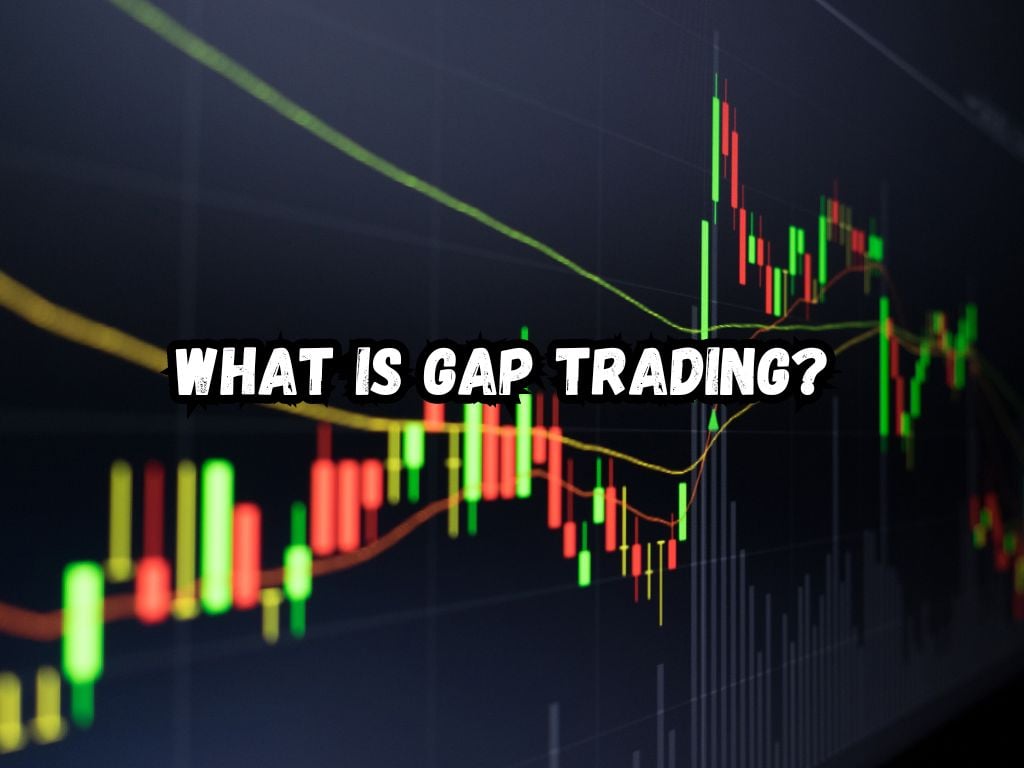The concept of gap trading may seem complex at first, but it is a powerful technique used by traders worldwide.
It revolves around taking advantage of price gaps in the market. For traders, understanding and mastering this strategy can lead to significant profits.
What is Gap Trading?
So, what exactly is a market gap? It’s a term that describes the spaces on a price chart where no trading occurs.
These gaps often result from major news events or market announcements that cause sudden interest among traders.
The science behind gap creation lies in the supply and demand dynamics in the stock market.

Types of Gaps
There are several types of gaps, each with its own characteristics and trading approaches.
- Common Gap: These occur regularly and often fill quickly. They don’t typically provide substantial trading opportunities.
- Breakaway Gap: This gap signals the start of a new trend. It appears at the end of a price pattern and is considered significant.
- Exhaustion Gap: It signals the end of a trend. These gaps occur near the conclusion of a price pattern and suggest a final push in the current direction.
- Continuation or Runaway Gap: This type occurs within a trend and suggests the continuation of that trend.
Anatomy of Gap Trading
Identifying gaps in the market requires an understanding of price charts. Key considerations include analyzing the size and position of the gap.
Also, looking at volume and price action helps in validating the significance of a gap. High volume often supports the idea that a gap will result in a strong new trend.
Gap Trading Strategies
Several strategies exist for trading gaps. Here they are:
- Gap and Go: This strategy involves taking positions in the direction of the gap right at the market open. Traders look for gaps that signal a strong trend.
- Gap Fill Trading: Here, traders anticipate that the price will return to its pre-gap level. They position themselves to profit from this price movement.
- Fading the Gap: Opposite to Gap and Go, this strategy involves going against the gap’s initial direction, betting on the gap’s closure.
Implementing these strategies requires practice. Using stop-loss orders is crucial to manage risks.
Risk Management in Gap Trading
Effective risk management is crucial. It includes setting stop-loss orders to limit potential losses.
Also, establishing profit targets can help lock in gains. Position sizing is another critical aspect. It ensures that any single loss won’t be devastating.
Technical Analysis Tools for Gap Trading
Technical analysis provides tools that help in gap trading. Chart patterns and indicators can highlight potential gaps.
Also, understanding price supports and resistance levels is vital. These tools guide traders in making informed decisions.
Gap Trading Psychology
Effective gap trading transcends mere strategy; it’s deeply entwined with the trader’s psychological resilience. Emotional discipline acts as the bedrock, enabling traders to weather the tumultuous moments without deviating from their strategy, even when faced with unexpected market gaps that might stir panic or greed.
Patience, too, is vital, as it allows traders to wait for the right conditions and signals before executing trades, avoiding impulsive decisions based on fleeting market movements.
Such mental fortitude helps in maintaining a clear focus on long-term objectives, facilitating a rational approach to trading gaps.
Whether it’s resisting the temptation to overtrade on a volatile day or the patience to wait for a gap to fill, mastering one’s emotions ensures adherence to a disciplined trading plan, maximizing the potential for success in the unpredictable realm of gap trading.

Historical Performance of Gap Trading
The historical performance of gap trading strategies showcases a spectrum of outcomes directly tied to market context and trader expertise.
Over the years, significant data analysis has revealed that gap trading can offer substantial profitability, especially in markets characterized by high volatility and liquidity.
Studies focusing on the stock and forex markets have documented periods where gap strategies outperformed, particularly when traders applied rigorous analysis and discipline.
For instance, breakaway and continuation gaps have often proved fruitful in trending markets, offering clear entry and exit points that align with substantial market moves.
However, the effectiveness of gap trading can fluctuate with market conditions; during times of low volatility or in tightly range-bound markets, gaps may be less common or less predictable, impacting the overall performance of gap-centric strategies.
Nonetheless, historical data underscores gap trading as a strategy with the potential for high returns, provided traders are adept at navigating the intricacies of market dynamics and maintaining robust risk management protocols.
Frequently Asked Questions
What causes a market gap?
Market gaps usually result from significant news events or economic data releases that trigger sudden trading interest.
Can gap trading be part of a long-term strategy?
Yes, when combined with solid risk management and other technical analysis tools, gap trading can complement a long-term investment strategy.
How does overnight news affect gap trading?
Overnight news can create substantial gaps between the previous close and the next morning’s open, offering potential trading opportunities.
Conclusion
Gap trading is a nuanced but potentially profitable approach to the markets. It requires a solid understanding of market mechanics, technical analysis, and a disciplined trading psychology.
As with any trading strategy, there’s no one-size-fits-all approach. It requires time and experience to master.


 Tags:
Tags:










